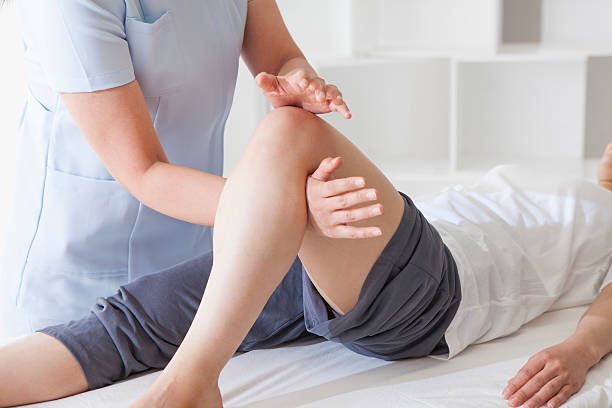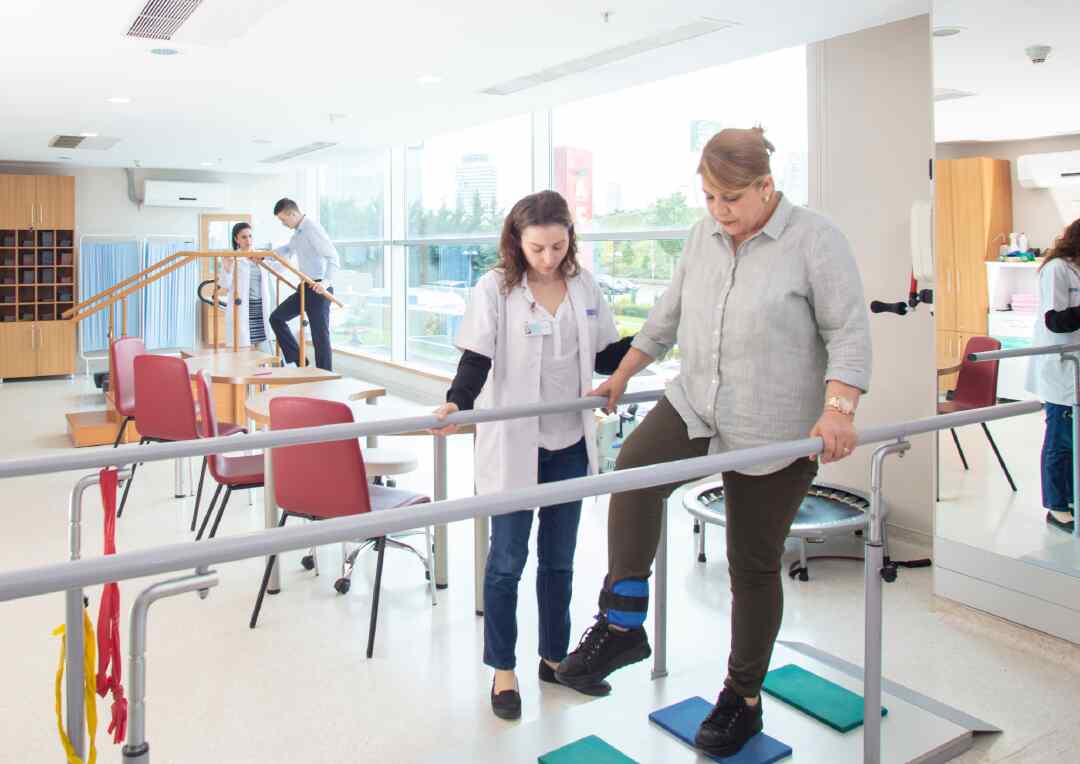

Rehabilitation After Knee Surgery
The knee is a remarkable and intricate joint, connecting the thigh bone (femur) to the shin bone (tibia), and is essential for movement in our daily lives. Whether it’s walking, running, or jumping, the knee supports a wide range of activities that define our mobility. However, this vital joint is susceptible to various conditions that can lead to pain, discomfort, or reduced functionality. In some cases, surgery becomes necessary to restore its function and relieve discomfort. But surgery is just the first step—complete recovery requires a structured rehabilitation process guided by a professional physiotherapist. If you’re searching for support nearby, consider looking up options like “physiotherapy Cyberjaya” to begin your journey to recovery.
Common Knee Conditions That May Require Surgery
Osteoarthritis: The Degenerative Joint Disease
Osteoarthritis is one of the leading causes of knee surgery. This condition occurs when the cartilage that cushions the knee joint deteriorates over time, leading to pain, stiffness, and limited mobility. While non-surgical treatments like physical therapy and pain management can help in the early stages, advanced cases may require surgical intervention, such as total knee replacement, to restore function and improve quality of life.
ACL Tears: A Common Sports Injury
Anterior cruciate ligament (ACL) tears often occur during sports involving sudden stops or pivots. This injury causes knee instability and pain. While mild tears may heal with therapy and bracing, complete ACL tears often necessitate reconstruction surgery. The procedure replaces the damaged ligament with a graft, followed by rehabilitation to regain strength and mobility, enabling patients to return to active lifestyles.
Meniscus Tears: Damaged Shock Absorbers
The meniscus, a C-shaped cartilage in the knee, cushions and stabilizes the joint. Meniscus tears typically result from sudden twisting or forceful movements. Small tears may heal with rest and therapy, but larger or complex injuries often require surgery to repair or trim the damaged tissue, ensuring proper knee function and pain relief.
These procedures, paired with proper physiotherapy at Synapse Physiotherapy Cyberjaya, can help patients recover mobility and return to their daily activities.
Why Is Physiotherapy Crucial After Knee Surgery?
Physiotherapy is essential in the recovery process after knee surgery, aiding in restoring strength, mobility, and overall function. A physiotherapist creates a personalized rehabilitation plan tailored to your specific needs, gradually advancing as you heal.
Pain Management
Post-surgery pain is common, and physiotherapists use various techniques to alleviate discomfort. These include manual therapy, therapeutic exercises, and guidance on safe use of mobility aids like crutches or walkers to promote effective and secure mobility.
Controlling Swelling and Inflammation
Swelling and inflammation are natural responses after knee surgery. Physiotherapists utilize methods such as manual lymphatic drainage, compression therapy, and targeted exercises to manage these symptoms. This reduces pain, promotes healing, and helps restore joint function.
Restoring Range of Motion
Knee surgery often results in reduced flexibility and range of motion. Physiotherapists employ techniques like passive motion exercises, joint mobilizations, and stretching to restore full mobility, enabling better performance in daily activities and improved knee functionality.
Strengthening and Stability
Muscle weakness and imbalances around the knee can occur due to surgery and immobilization. Physiotherapists focus on strengthening key muscle groups like the quadriceps, hamstrings, and calves to enhance stability, protect the joint, and prevent future injuries.
Functional Training
Rehabilitation also emphasizes regaining abilities needed for everyday activities and sports. Physiotherapists tailor exercises to your goals, such as walking, climbing stairs, or squatting, while improving strength, balance, coordination, and agility to help you confidently resume your routine.
Education and Guidance
Physiotherapists at Synapse Physiotherapy Cyberjaya provide essential advice on postoperative care, including wound care, scar tissue management, proper body mechanics, and precautions to prevent re-injury. They also offer strategies for modifying activities to avoid complications and achieve a smooth recovery.
With the right physiotherapy support, you can recover effectively and regain confidence in your mobility.
What to expect during the session
When starting physical therapy after knee surgery at Synapse Physiotherapy Cyberjaya, you can expect a carefully planned and personalized approach to support your recovery. Physiotherapists collaborate closely with your surgical team to design a rehabilitation program tailored to your specific needs and goals.
Post-surgical therapy sessions focus on progressive exercises aimed at enhancing mobility, strength, balance, and overall functionality. The process begins gradually with passive stretches to promote flexibility, progressing to more intense strength-building and functional training exercises as you improve. While full recovery takes several months, the lasting benefits make the journey worthwhile.
Throughout your therapy at Synapse Physiotherapy Cyberjaya, a variety of techniques are employed to manage pain, reduce inflammation, and aid your body’s natural healing. Sessions often include manual therapy methods like soft tissue manipulation and joint mobilization, along with advanced interventions such as electrical stimulation or ultrasound therapy to further alleviate discomfort and promote recovery.
Knee Exercises for Post-Surgery Rehabilitation
Rehabilitation exercises after knee surgery play a vital role in restoring strength, mobility, and functionality. Below are common physiotherapy-guided exercises designed to support your recovery:
1. Ankle Pumps
- Purpose: Improves circulation and prevents blood clots.
- How to Do: Lie on your back and flex your foot up and down, pointing your toes toward your head and then away. Repeat 10–20 times every hour.
2. Quad Sets
- Purpose: Strengthens the quadriceps without bending the knee.
- How to Do: Sit or lie down with your leg extended. Tighten the thigh muscle by pressing the back of your knee into the floor. Hold for 5 seconds, then relax. Repeat 10–15 times.
3. Heel Slides
- Purpose: Improves knee flexibility and range of motion.
- How to Do: Lie on your back with your legs straight. Slide your heel toward your buttocks, bending the knee as much as possible, then slowly extend it back. Perform 10–15 repetitions.
4. Straight Leg Raises
- Purpose: Builds strength in the quadriceps while keeping the knee stable.
- How to Do: Lie flat on your back, bend one leg with the foot flat on the floor, and keep the other leg straight. Lift the straight leg about 12 inches off the ground, hold for 3–5 seconds, then lower slowly. Repeat 10–15 times.
5. Glute Bridges
- Purpose: Strengthens the glute muscles and supports knee stability.
- How to Do: Lie on your back with knees bent and feet flat. Squeeze your glutes and lift your hips toward the ceiling, hold for a few seconds, and slowly lower back down. Perform 10–15 repetitions.
6. Mini Squats
- Purpose: Improves knee strength and stability.
- How to Do: Stand with feet shoulder-width apart. Bend your knees slightly, lowering your body as if sitting on a chair, then return to standing. Keep your movements controlled and shallow. Perform 10–15 repetitions.
7. Step-Ups
- Purpose: Builds strength and improves balance.
- How to Do: Use a low step or platform. Step up with your surgical leg, then bring the other leg up, and step down the same way. Perform 10–15 repetitions.
8. Calf Raises
- Purpose: Strengthens calf muscles and enhances joint stability.
- How to Do: Stand with feet shoulder-width apart, and rise onto your toes, lifting your heels off the ground. Lower back slowly. Perform 10–15 repetitions.
9. Hamstring Curls
- Purpose: Strengthens the muscles behind the knee.
- How to Do: Lie on your stomach, bend your surgical leg at the knee, bringing your heel toward your buttocks, then lower it slowly. Perform 10–15 repetitions.
10. Balance Exercises
- Purpose: Enhances knee stability and coordination.
- How to Do: Stand on your surgical leg while holding onto a stable surface for balance. Gradually reduce support as your balance improves. Hold for 20–30 seconds, and repeat 3–5 times.
Tips for Safe Rehabilitation
- Always follow your physiotherapist’s guidance regarding intensity and frequency.
- Perform exercises slowly and avoid pushing through pain.
- Monitor for swelling or discomfort and apply ice if needed.
- Stay consistent for the best long-term results.
These exercises, when performed regularly under professional supervision, can help restore knee function, reduce pain, and improve your overall quality of life.
Conclusion
Physiotherapy Cyberjaya’s rehabilitation is the cornerstone of recovery after knee surgery, ensuring patients regain strength, mobility, and function effectively. Through tailored exercises, pain management techniques, and expert guidance, physiotherapy not only accelerates healing but also minimizes complications and helps prevent re-injury. It provides the tools and support necessary to restore confidence and return to daily activities or sports with ease.
At Synapse Physiotherapy Cyberjaya, we are committed to guiding you through every step of your recovery journey. Our team of skilled physiotherapists designs personalized rehabilitation programs that cater to your unique needs, helping you achieve a full and lasting recovery. With the right care and dedication, we’ll help you get back to the activities you love, stronger than ever.
Tags :

Back & Neck Pain
- Spine & Core Rehabilitation
- Strength & Conditioning Programme
- Pain Management
- Biomechanical Assessment
- Sports Physiotherapy
- Group Class
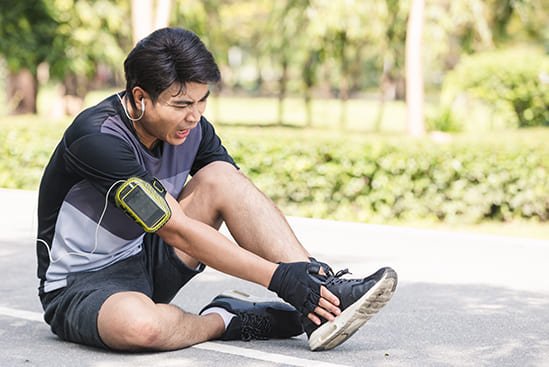
Sports Injuries
- Strength & Conditioning Programme
- Pain Management
- Biomechanical Assessment
- Sports Physiotherapy
- Shockwave Therapy
- Group Class

Work Desk Injuries

Pre-Post-Surgical Conditions
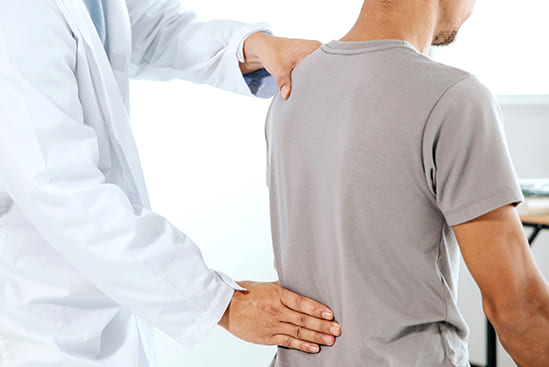
Scoliosis & Postural Abnormalities
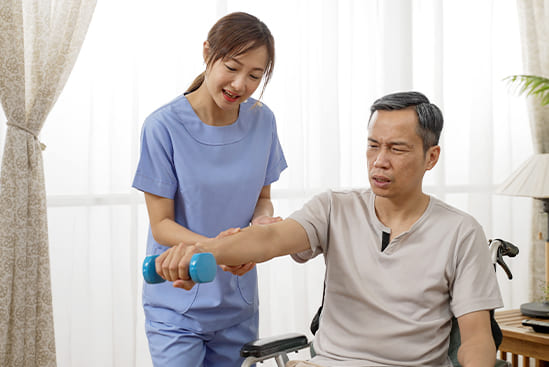
Neurological Conditions
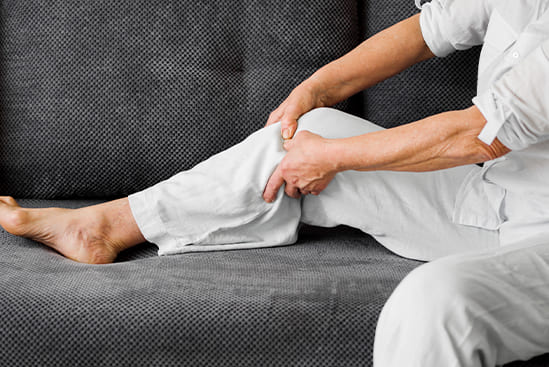
Osteoarthritis & Rheumatism
Joint degeneration and inflammation happens as the human body grows older, but that does not mean our way of life degenerates as well. Relief your joint pains with a joint effort together with your physiotherapist, who will provide pain-relief treatments and prescribe exercises for your wellbeing.
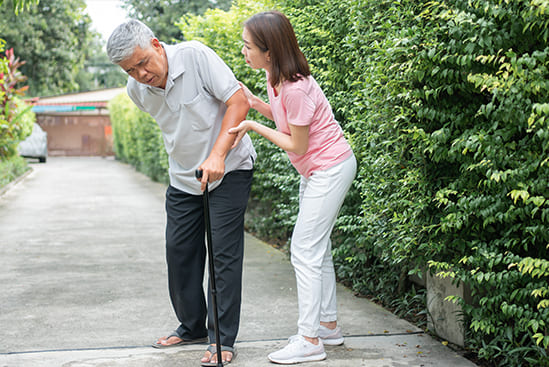
Conditions Relating To Elderly
Common conditions in the older age population include hips & knee pain, back & neck pain, osteoarthritis, rheumatism, fear of falling and many more. Aging and degeneration of bodily function is inevitable, but here at Synapse, we will help you live the best of your life.


